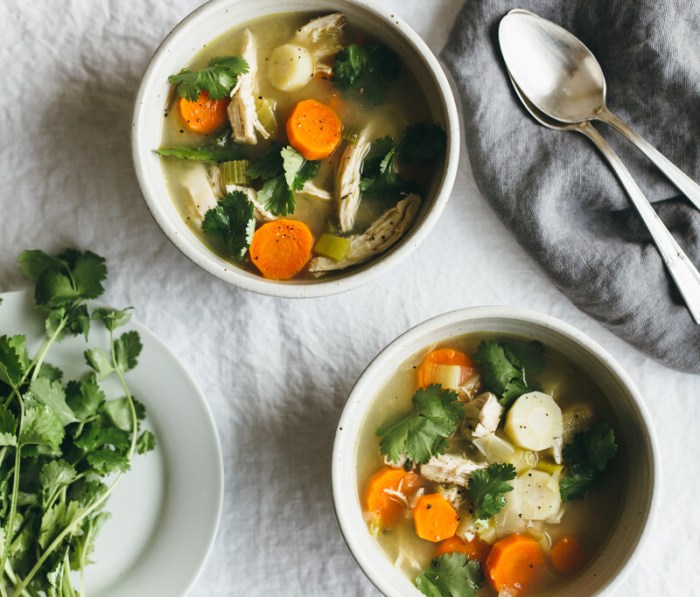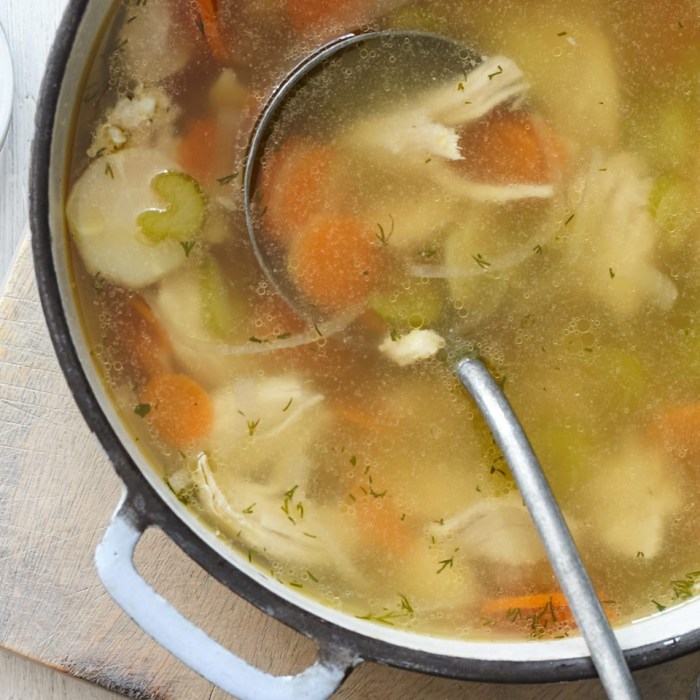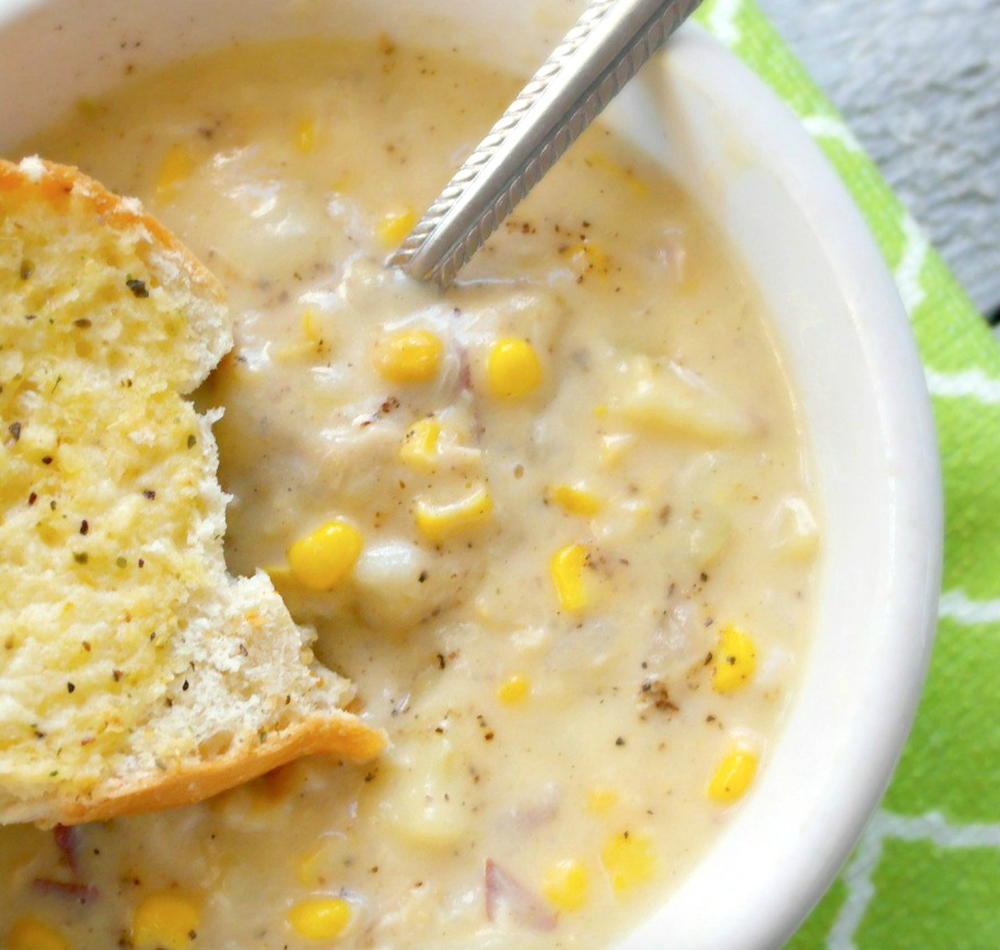Low-Carb Soup: A Delicious and Nutritious Culinary Journey: Low Carb Soup Recipe

Source: alldayidreamaboutfood.com
Low carb soup recipe – Low-carb soups are hearty, flavorful broths packed with vegetables, protein, and healthy fats, all while minimizing carbohydrate intake. They offer a satisfying and nutritious meal option, particularly beneficial for those following low-carb diets or seeking weight management solutions. This comprehensive guide explores the world of low-carb soups, covering their benefits, diverse types, delectable recipes, and helpful tips for creating your own culinary masterpieces.
Introduction to Low-Carb Soups
Low-carb soups are essentially soups that are low in carbohydrates, typically containing less than 20 grams of net carbs per serving. This is achieved by focusing on ingredients low in carbohydrates such as meat, poultry, fish, bone broth, and non-starchy vegetables. The benefits include weight loss, improved blood sugar control, and increased satiety. People choose low-carb soup diets for weight management, improved metabolic health, and to reduce inflammation.
Nutritionally, low-carb soups offer a significant advantage over their high-carb counterparts by providing higher protein and healthy fat content while keeping carbohydrate intake low. This helps maintain stable blood sugar levels, preventing energy crashes and promoting sustained energy throughout the day. High-carb soups, on the other hand, often lead to spikes in blood sugar followed by subsequent crashes, contributing to cravings and weight gain.
Types of Low-Carb Soups
Low-carb soups can be broadly categorized based on their primary ingredients. Common types include vegetable-based soups featuring low-carb vegetables, meat-based soups featuring various meats and broths, and bone broth-based soups rich in collagen and nutrients.
| Name | Primary Ingredients | Calories (per serving) | Protein (grams per serving) |
|---|---|---|---|
| Chicken and Vegetable Soup | Chicken broth, chicken breast, celery, carrots, spinach | 200-250 | 25-30 |
| Beef and Cabbage Soup | Beef broth, ground beef, cabbage, onions, garlic | 250-300 | 30-35 |
| Creamy Tomato Soup (with Coconut Milk) | Tomato, coconut milk, onion, garlic, herbs | 180-220 | 8-12 |
| Miso Soup with Shirataki Noodles | Miso paste, shirataki noodles, seaweed, mushrooms, tofu | 150-200 | 10-15 |
| Bone Broth Soup with Mushrooms and Kale | Bone broth, mushrooms, kale, ginger, garlic | 100-150 | 10-15 |
The flavor profiles of low-carb soups are incredibly diverse. From the rich and savory notes of bone broth soups to the bright and tangy flavors of tomato-based options, the possibilities are endless.
- Savory and Umami: Achieved through the use of bone broth, mushrooms, and herbs like thyme and rosemary.
- Spicy and Aromatic: Created by incorporating chili peppers, ginger, garlic, and warming spices like cumin and coriander.
- Bright and Herbaceous: Achieved with fresh herbs like parsley, dill, and chives, complemented by bright vegetables like spinach and kale.
- Creamy and Rich: Created by using coconut milk or full-fat cream, providing a luxurious texture.
- Tangy and Zesty: Achieved through the use of lemon juice, vinegar, or fermented ingredients.
Recipe Examples: Low-Carb Soup Recipes

Source: camillestyles.com
Here are three detailed low-carb soup recipes, each designed to showcase different flavor profiles and cooking techniques.
Creamy Tomato Soup
Cooking Time: 30 minutes
Equipment: Large pot, blender or immersion blender
Ingredients: 2 lbs ripe tomatoes, 1 large onion, 2 cloves garlic, 1 can (13.5 oz) full-fat coconut milk, 2 tbsp olive oil, salt and pepper to taste, fresh basil (optional).
Instructions: Sauté onion and garlic in olive oil until softened. Add tomatoes and simmer for 15 minutes. Blend until smooth. Stir in coconut milk, season, and heat through. Garnish with basil.
Substitutions: Canned diced tomatoes can be used instead of fresh. Heavy cream can replace coconut milk.
Spice Adjustment: Add a pinch of red pepper flakes for a spicy kick.
Chicken and Vegetable Soup
Cooking Time: 45 minutes
Equipment: Large pot
Ingredients: 4 cups chicken broth, 1 cup chopped chicken breast, 1 cup chopped celery, 1 cup chopped carrots, 1 cup chopped spinach, salt and pepper to taste, herbs (parsley, thyme).
Instructions: Bring broth to a boil. Add chicken, celery, and carrots; simmer until tender (about 20 minutes). Stir in spinach and herbs; cook until wilted (about 5 minutes). Season to taste.
Substitutions: Bone broth can replace chicken broth for added nutrients. Other low-carb vegetables can be substituted.
Spice Adjustment: Add a pinch of garlic powder or onion powder for enhanced flavor.
Beef and Cabbage Soup
Cooking Time: 1 hour
Equipment: Large pot or Dutch oven
Ingredients: 1 lb ground beef, 1 large onion, 2 cloves garlic, 1 head cabbage (shredded), 4 cups beef broth, salt and pepper to taste, bay leaf (optional).
Instructions: Brown ground beef in a pot. Add onion and garlic; sauté until softened. Stir in cabbage and beef broth; bring to a boil. Reduce heat and simmer for 45 minutes, or until cabbage is tender. Season to taste.
Substitutions: Stewing beef can be used instead of ground beef. Other low-carb vegetables, such as cauliflower, can be added.
Spice Adjustment: Add a dash of Worcestershire sauce or a pinch of cayenne pepper for a spicier flavor.
Ingredients and Their Roles
The success of a low-carb soup hinges on the careful selection and balance of ingredients. Broth provides the base flavor and nutrients, vegetables add texture, color, and vitamins, and protein sources ensure satiety and muscle maintenance.
Five common low-carb vegetables suitable for soups include: spinach (rich in iron and antioxidants), kale (high in vitamins A, C, and K), mushrooms (good source of selenium and B vitamins), cauliflower (rich in vitamin C and fiber), and green beans (excellent source of fiber and vitamins).
Chicken broth is known for its mild flavor and versatility, beef broth provides a richer, more robust taste, while vegetable broth offers a lighter, more neutral flavor profile. Each broth type offers a unique nutritional composition, with bone broth being particularly rich in collagen and minerals.
Tips and Techniques for Making Delicious Low-Carb Soups, Low carb soup recipe
Elevating the flavor of low-carb soups without adding carbohydrates requires thoughtful techniques and ingredient choices.
- Use high-quality broth: The foundation of any great soup is a flavorful broth.
- Sauté vegetables before adding them to the soup: This enhances their flavor and creates a deeper taste.
- Add herbs and spices generously: Fresh and dried herbs and spices add depth and complexity.
- Use aromatics: Garlic, onions, and ginger add depth of flavor.
- Finish with a squeeze of lemon or lime juice: This adds brightness and acidity.
Achieving different consistencies is easy. For creamy soups, blend a portion of the soup until smooth. For chunky soups, simply leave the vegetables coarsely chopped.
Proper storage and reheating are crucial. Store leftover soups in airtight containers in the refrigerator for up to 3 days. Reheat gently on the stovetop or in the microwave.
Visual Representation: Low-Carb Soup Ingredients

Source: eatwell101.com
The visual appeal of a low-carb soup can be enhanced by thoughtful ingredient selection.
Example 1: Vibrant Green Soup: This soup features a vibrant green hue achieved through the use of spinach, kale, and green beans. The contrasting textures of the leafy greens and potentially added chickpeas or lentils (for a less strict low-carb approach) contribute to its visual appeal. The overall aesthetic is fresh and healthy.
Example 2: Rustic Red Soup: This soup uses a base of roasted red peppers and tomatoes, creating a deep red color. The addition of ground beef or Italian sausage adds depth and visual interest. The overall aesthetic is warm and inviting.
Example 3: Earthy Brown Soup: This soup features mushrooms, onions, and a dark broth, creating an earthy brown color. The addition of herbs like thyme and rosemary enhances both the flavor and visual appeal. The overall aesthetic is rustic and comforting.
Herbs and spices that enhance the visual appeal include fresh parsley (bright green), chives (delicate green), fresh thyme (delicate green), and red pepper flakes (adds specks of red).
Serving Suggestions and Variations
Low-carb soups can be served in various ways to enhance their enjoyment.
- Serve with a dollop of full-fat Greek yogurt or sour cream.
- Garnish with fresh herbs and a sprinkle of cheese.
- Serve as part of a larger meal with a side salad and protein.
Variations for Creamy Tomato Soup:
- Add roasted red peppers for a smoky flavor.
- Incorporate a splash of balsamic vinegar for added tang.
Variations for Chicken and Vegetable Soup:
- Add shredded chicken for extra protein.
- Include different vegetables like cauliflower or broccoli.
Variations for Beef and Cabbage Soup:
- Add diced carrots or celery for added sweetness.
- Incorporate spices like cumin or coriander for a more complex flavor profile.
Adapting low-carb soup recipes for different dietary needs is straightforward. For ketogenic diets, ensure the recipes remain strictly low in carbohydrates. For paleo diets, avoid ingredients such as legumes and processed foods.
Quick FAQs
Can I freeze low-carb soup?
Yes, most low-carb soups freeze well. Allow them to cool completely before storing in airtight containers.
How long does low-carb soup last in the refrigerator?
Properly stored low-carb soup typically lasts for 3-4 days in the refrigerator.
Are all vegetables low-carb?
No, some vegetables like potatoes and corn are relatively high in carbohydrates. Focus on leafy greens, cruciferous vegetables, and other low-carb options.
Can I add noodles to my low-carb soup?
Adding traditional noodles will increase the carb count. Consider using zucchini noodles or shirataki noodles as low-carb alternatives.


